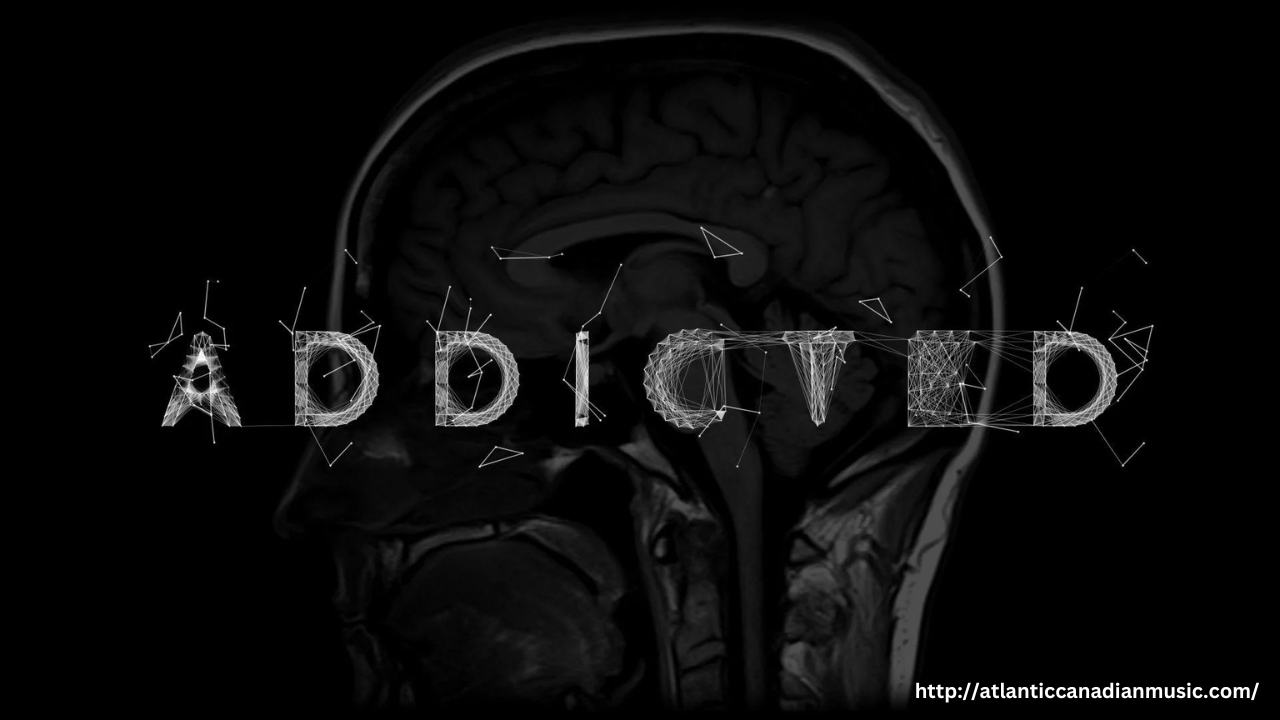 Music and addiction have long been intertwined, both in the lives of artists and in the experience of listeners. The emotional power of music has the ability to transport people to euphoric states, just as substances can alter perception and mood. This natural high that music provides can sometimes lead individuals—especially musicians—toward the dangerous territory of substance abuse. The addictive nature of both music and drugs stems from their effects on the brain, their emotional impact, and the way they can shape identity and experience.
Music and addiction have long been intertwined, both in the lives of artists and in the experience of listeners. The emotional power of music has the ability to transport people to euphoric states, just as substances can alter perception and mood. This natural high that music provides can sometimes lead individuals—especially musicians—toward the dangerous territory of substance abuse. The addictive nature of both music and drugs stems from their effects on the brain, their emotional impact, and the way they can shape identity and experience.
The Science of the High
Both music and drugs activate the brain’s reward system, flooding it with dopamine, the neurotransmitter responsible for pleasure and motivation. Listening to a favorite song or performing on stage can create an intense rush of euphoria similar to the high induced by substances like cocaine or opioids. The problem arises when individuals begin seeking that high repeatedly, sometimes turning to drugs or alcohol to replicate the feeling when the music alone no longer suffices.
Musicians, in particular, are at risk due to the cyclical nature of performance. The adrenaline and dopamine surges from playing live can be followed by deep crashes of exhaustion, loneliness, or depression. To sustain the high or cope with the lows, many artists turn to substances, creating a vicious cycle that can quickly spiral into addiction.
Emotional Amplification and Escapism
Music has a unique ability to amplify emotions, whether joy, sadness, anger, or nostalgia. For many, songs become a means of escape, a way to process pain, or a soundtrack to life’s most intense moments. Similarly, drugs and alcohol are often used to escape reality, numb emotional pain, or enhance experiences.
When combined, music and substances can create an almost transcendent experience, one that feels deeply personal and euphoric. However, the danger lies in dependency—when an individual begins to believe they need substances to feel that intensity or to create meaningful art.
Cultural Reinforcement of Addiction
The relationship between music and substance abuse is reinforced by cultural narratives. From rock and roll’s “sex, drugs, and rock & roll” ethos to hip-hop’s glorification of excess and psychedelia’s embrace of mind-altering substances, many genres have celebrated drug use as part of the artistic lifestyle.
This normalization makes it harder for musicians and listeners alike to separate creativity from substance use. Many fear that sobriety will dull their edge or diminish their connection to music, when in reality, addiction often hinders creativity and mental clarity in the long run.
Breaking the Cycle
Despite the prevalence of addiction in music culture, many artists have found ways to break free. Musicians like Eminem, Macklemore, and Florence Welch have spoken openly about overcoming substance abuse and rediscovering the power of music in sobriety. Support groups and rehabilitation programs tailored for artists, such as MusiCares, provide vital resources for those seeking recovery.
Conclusion
Music and addiction share a powerful connection, rooted in their ability to evoke deep emotion and alter perception. While music can provide a natural high, it’s important to recognize the risks of chasing artificial highs through substance use. By fostering healthier coping mechanisms and challenging the glamorization of drug culture in music, artists and listeners alike can embrace the beauty of music without falling into the trap of addiction.
